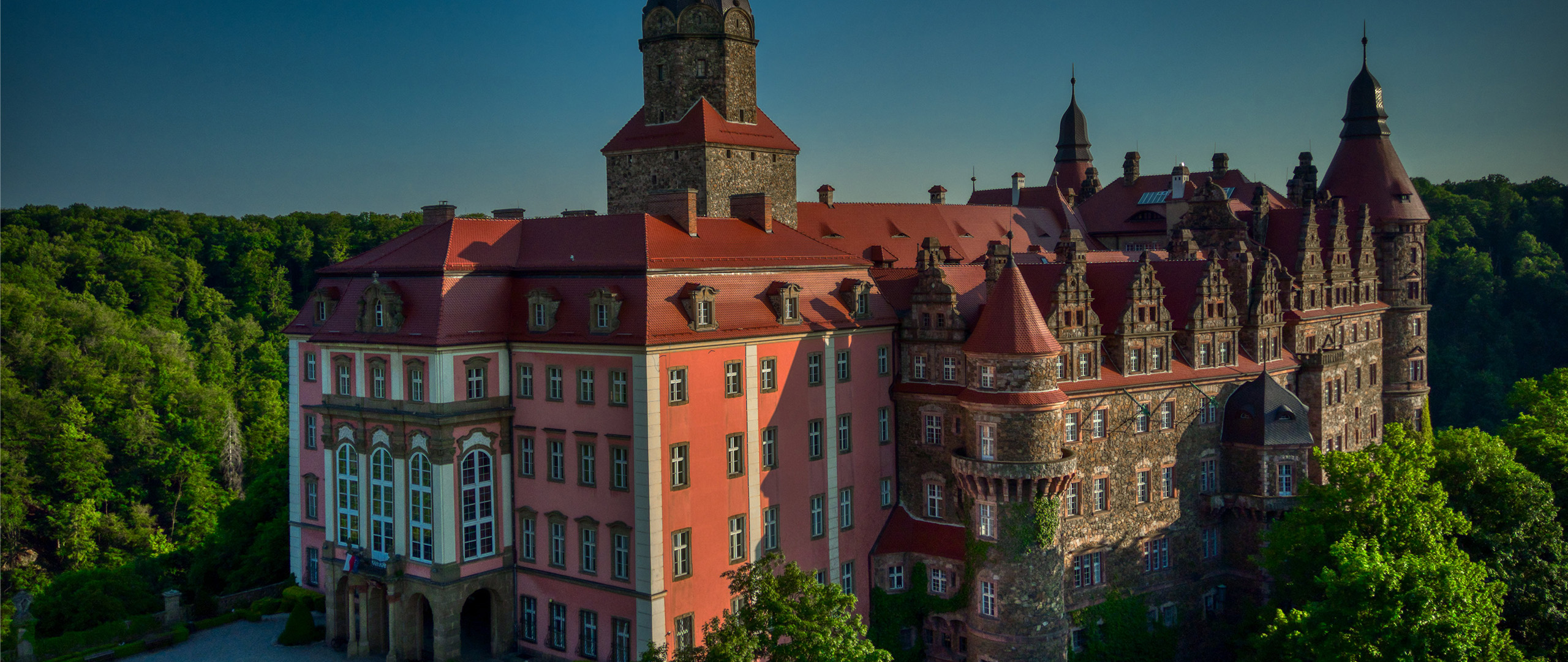It looked like a fairly ordinary project: clearing an access road to the castle. It was during this work, however, when the entrance to a secret tunnel appeared before our eyes. Marek Kowalski, of the Wałbrzych delegation of the Office for the Protection of Monuments in Wrocław, stated that it probably was connected to the so-called Ice Tower, dating back to the eighteenth century. Why this name? According to historical sources, it was exactly here where ice was kept for the needs of the castle kitchen. This is indeed a remarkable discovery; until now it has been known only from available drawings.
The tunnel was at first thought to be five metres deep; then it was believed to have been even 10 metres, when a partly flooded walkway, leading from the side of the tower, was discovered. Today we can announce that the discovered opening goes as far as 50 metres underground!
The snapshots presented here were taken when special monitoring equipment, provided by ZWIK Łódź, filmed the activity in the well, discovered under the floor of the outdoor ice tower. Marek Kowalski, an archaeologist in the local delegation of the Wrocław Office for the Protection of Monuments, believes that the well originated in late medieval times. The well shaft is four-sided from top to bottom, without signs of having been caved in, or cracks formed from the use of explosive material. Nor are there walkways or other installations that might suggest a link to the underground “Riese” (Giant) complex of tunnels, developed during World War II.
The side of the well shaft is quite wide, about 2.5 metres. Discarded tools such as chisels, not visible in pictures, may be seen in the well. The depth indicated in the pictures is measured from the ground level, not from the bottom of the tower. The filming also was conducted to a depth (measuring from the surface) of 43 to almost 50 metres. It is hard to say if we will manage to reach the bottom of the well, or only to some rubble: in any case, it will not be possible to use the camera. Further work will require scientific consultations. It is not possible to explore the pit without taking apart the floor, which is laid on a concrete slab at least half a metre thick, with only an small, covered inspection hole. At this stage, the well has been secured, and exploratory work has been completed. Anticipating a possible question, we add that it is not possible, now, to take further pictures in the shaft, as we may no longer enter it.










